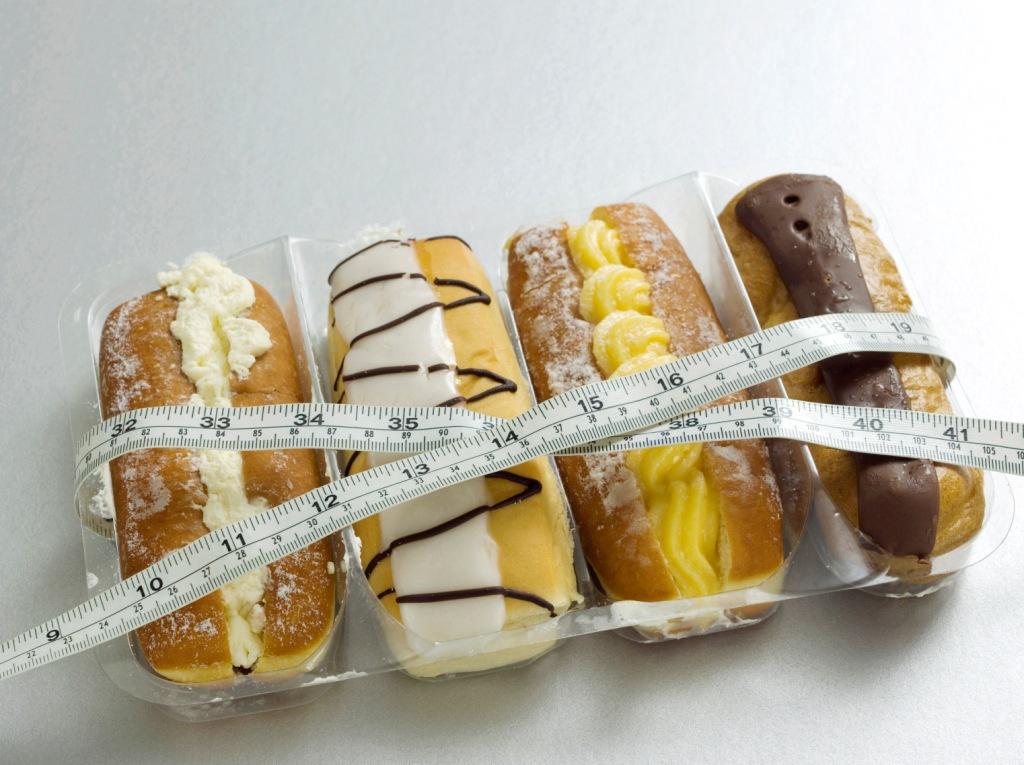Weight loss requires a healthy approach, therefore training and nutrition have to go hand in hand to achieve proper results.
One is completely worthless without the other intact. The information and resources are available out there now, gyms are everywhere, food prep services available to those with busy schedules so as a result there is no excuse for lack or results.
What is BMR? And How Many Calories is the Right Amount of Calories?
This information provided is not a diet plan to follow, but instead help you understand the basics of nutrition and have a better approach towards food intake. Each individual needs a certain amount of energy/calories to be able to sustain bodily functions and daily activities. This is known as Basal Metabolic Rate (BMR), which is the amount of energy expended while at rest in a neutral environment, in a post-absorptive state (meaning that the digestive system is inactive, which requires about 12 hours of fasting). The release of energy in this state is sufficient only for the functioning of your vital organs, such as the heart, lungs, brain and the rest of the nervous system, liver kidneys, muscles, and skin. So let’s take that information and put it in simple words for you, BMR = energy required/expended by the body for involuntary functions. Consuming calories below your BMR can be very unhealthy, unsustainable, cause loss of muscle mass and lead to malnourishment. Each individual’s BMR is determined based on their age, gender, and lean body mass.
Ok so, based on your BMR + activity levels one needs to create a caloric deficit to achieve fat loss, or a caloric surplus to gain mass. Like mentioned above, an increase in lean body mass will lead to a higher BMR therefore, you are expending more energy at rest than you usually would. If you increased your lean body mass (muscle) just by 1 kilogram, you will burn an extra 110.25 calories just at rest without doing any activity.
Now that we are aware of these things, let’s take a look at a better approach to creating a caloric deficit. Nine out of ten times, I get new clients that are frustrated by their weight loss journey, and I will address a few issues that cause a stall in the weight loss, or they end up putting all the weight back on. Let’s look at why people can get great results at first, but then hit a plateau.
Changes in Your Metabolism
When incorporating weight/resistance training, an individual will have an increase in lean body mass and this will result in an increased BMR meaning that your energy expenditure at rest has increased, and at this point, one would usually decrease calories creating a much larger deficit and consuming below or just at your Basal Metabolic Rate. This induces a change in your body’s metabolism in order to keep your body at homeostatic balance. Your body dislikes drastic or major changes and will create modifications to your thyroid, adrenal, and sex hormones in order to reduce your caloric output.
This includes reducing thyroid hormone, shutting down sex hormone production, and raising stress hormones like cortisol. Chronically elevated cortisol leads to both leptin and insulin resistance, a disastrous hormonal state that keeps body weight relatively high. These hormonal changes can lead to stalled weight loss and body fat retention, along with many other negative health effects that go beyond weight loss resistance. So if you’ve been eating much less and exercising much more in a futile attempt to lose weight, consider whether this strategy has been working for you.
Determining exactly how many calories you need to be eating on a daily basis for optimal health and weight control is tricky. Many factors come into play, including your physical activity, stress levels, sleep adequacy, history of chronic disease, and more. As you can see, determining caloric needs can get somewhat complicated, especially with the goal of weight loss thrown into the mix.
Eating Too Little is Just as Bad as Eating Too Much
When I work with clients, my goal is to get them in the least restrictive, most calorically appropriate diet possible. It’s amazing to see the health improvements that come from a simple increase in caloric intake when someone has been chronically under-eating. Remember, eating too little is just as unhealthy as eating too much. Find the right amount of food intake that works best for you, and don’t be afraid to experiment with eating more if your health isn’t where you want it to be!
If you need help figuring out the right calorie intake for you, let me help you to determine the best diet to keep you feeling and looking your best, without unnecessary restriction or starvation dieting and get started on a diet that’s completely tailored to your individual needs.




